Search
Using the filters to the left, click your selection, it will become bold and filter the results, click it again to remove that filter.
The 2024 National Defence Strategy (NDS) and Defence Strategic Review (DSR) describe an Indo-Pacific region increasingly seeing the effects of US-China great power competition in a landscape where modern warfare is rapidly changing. Traditional kinetic warfare is increasingly being replaced by or complemented with hybrid tactics, including the use of cyberattack , foreign interference , influence on public opinion, and cognitive warfare . Climate change and rapidly advancing technologies such as AI …
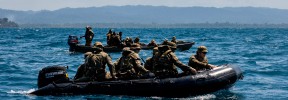
Lieutenant Jordan Chee is an Infantry Officer currently posted as an instructor at the School of Infantry. He has previously served in the 2nd Battalion (Amphibious), the Royal Australian Regiment, where he has deployed on exercise and in support of HADR operations in the Indo-Pacific region as part of the Australian Amphibious Force. … Jordan …
Enabling Integral Health in the Littoral Environment Our home is girt by sea, a phrase sung from every primary school hall and sports stadium from 19 April 1984. This phrase and its implications, has been missing in Army doctrine for quite some time. The Middle East Area of Operations (MEAO) period of our history slanted our tactical thinking. Our training often details a threat assessment of Area of Operations (AO) dominance, assuming and providing assuredness through multi-domain superiority. The …
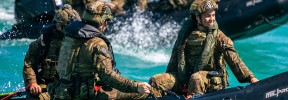
Like a Fish out of Water… The Defence Strategic Review makes one thing clear to those concerned in Australia’s profession of arms: Army must be optimised for littoral operations in Australia’s northern land and maritime approaches. As the Indo-Pacific faces increased competition, the commentary surrounding Army’s littoral refocus suggests that it will provide a critical function in projecting forces further into Australia’s northern approaches to deliver deterrence through denial. Army will be key in the …
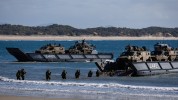
Enhancing Littoral Warfare Capabilities in the Australian Infantry The Infantry platoon stands as the backbone of ground operations of the Australian Defence Force (ADF). Trained and equipped to fulfil a range of mission tasks that contribute and support an overarching strategic objective. Now, with the strategic shift towards littoral manoeuvre outlined in the 2024 National Defence Strategy (NDS), there is a requirement to adapt and enhance the capabilities of the Australian Infantry platoon for …
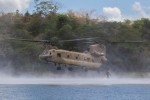
Empowering the RFSG This article was a submission to the 2024 AARC Short Thoughts Competition: Littoral Warfare , which asked: " What is one way that you would see Army adapt in order to contribute to littoral warfare? " In recent months, the Australian Government has announced significant investments in improving defence capabilities in the north of Australia, as outlined in the 2023 Defence Strategic Review (DSR) and National Defence Strategy. As the Australian Defence Force (ADF) pivots towards a more …
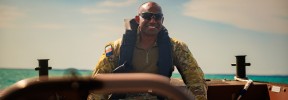
2(AS) Division PME Program What the Australian Army can learn from the 7 October 2023 HAMAS attack and the Israeli response On 7 October 2023, HAMAS terrorists launched a surprise attack on Israel. By its very nature this was a terrorist attack by the militia, intended to invoke fear by murdering and mutilating civilians, delivering – as Bruce Hoffman has argued – a statement of intent comparable to those of ISIS and the Einsatzgruppen. [1] Over the course of hours and days, militants abducted an …

A Professional Military Education program Introduction The Defence Strategic Review (DSR) has provided a blueprint for a substantial increase in Australia’s military capacity in response to an evolving strategic environment. It recognises that Australia’s closest international partner, the United States of America, is no longer the leader of a unipolar world. Also acknowledged is an increase in international competition and threats to the rules-based order, both of which requiring a response by …
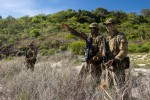
2(AS) Division PME Program Do you lead, or are you part of an organisation which has been asked to rapidly scale in response to contingencies? Then this topic is important for you. In response to the release of the National Defence Strategy (NDS), a seminar was hosted by 2(AS) Division on the topic of accelerated preparedness, titled Scalability Insights for Defence . We have published an Occasional Paper of the same title . The seminar and paper share pioneering research – so stand on the knowledge …

